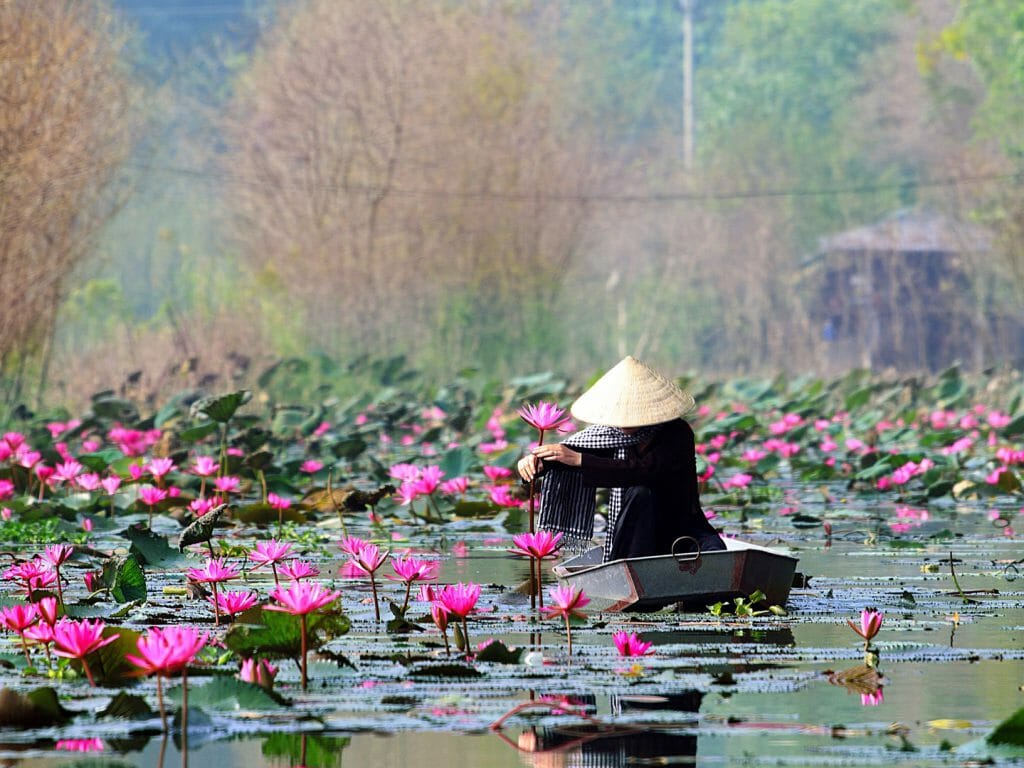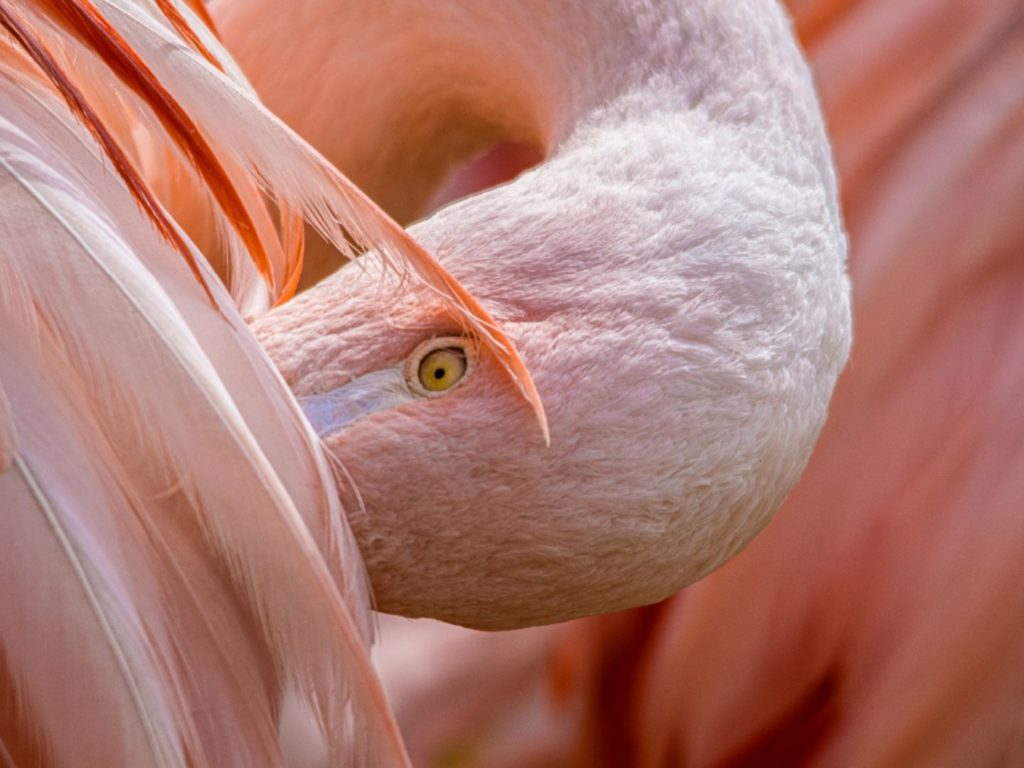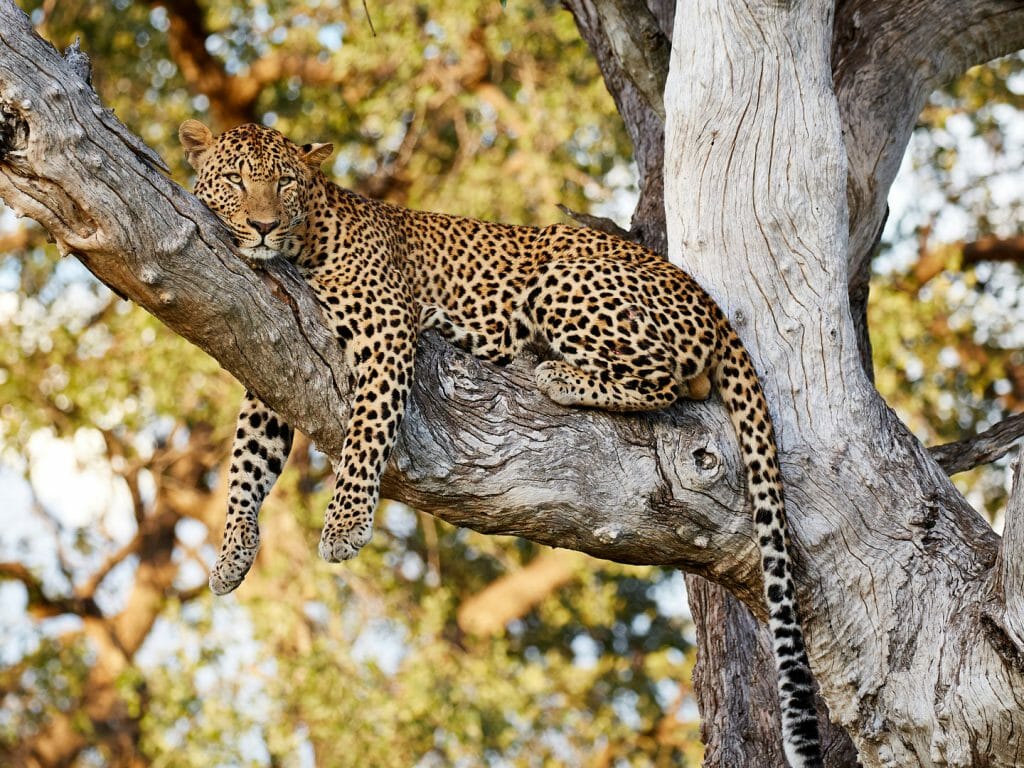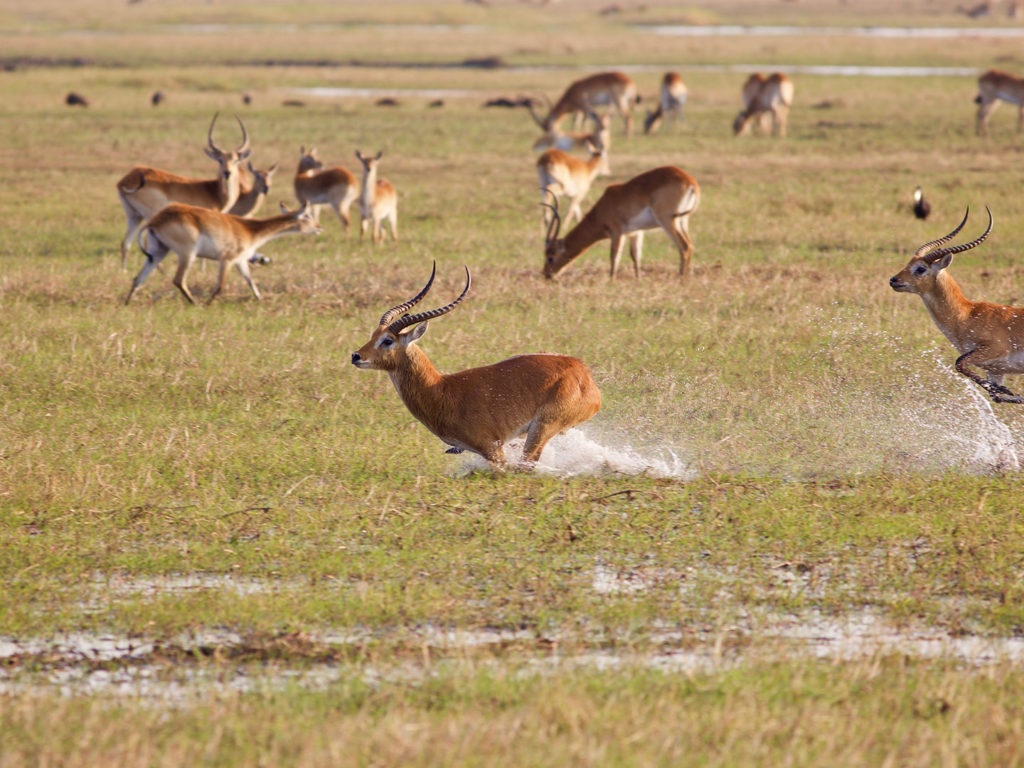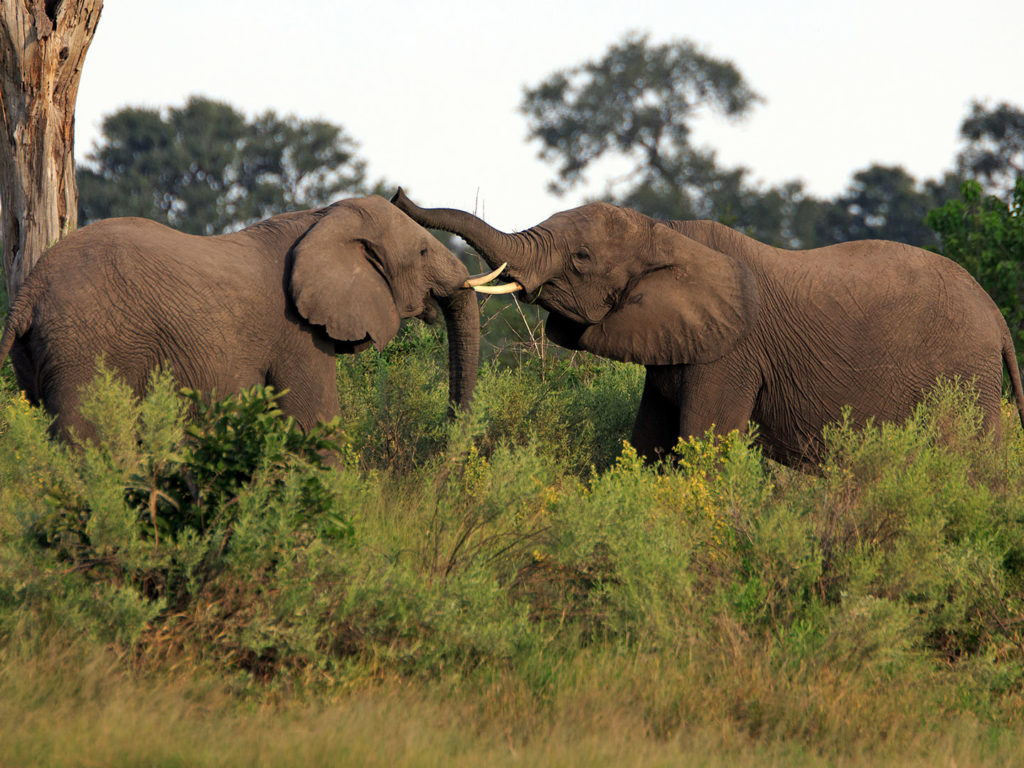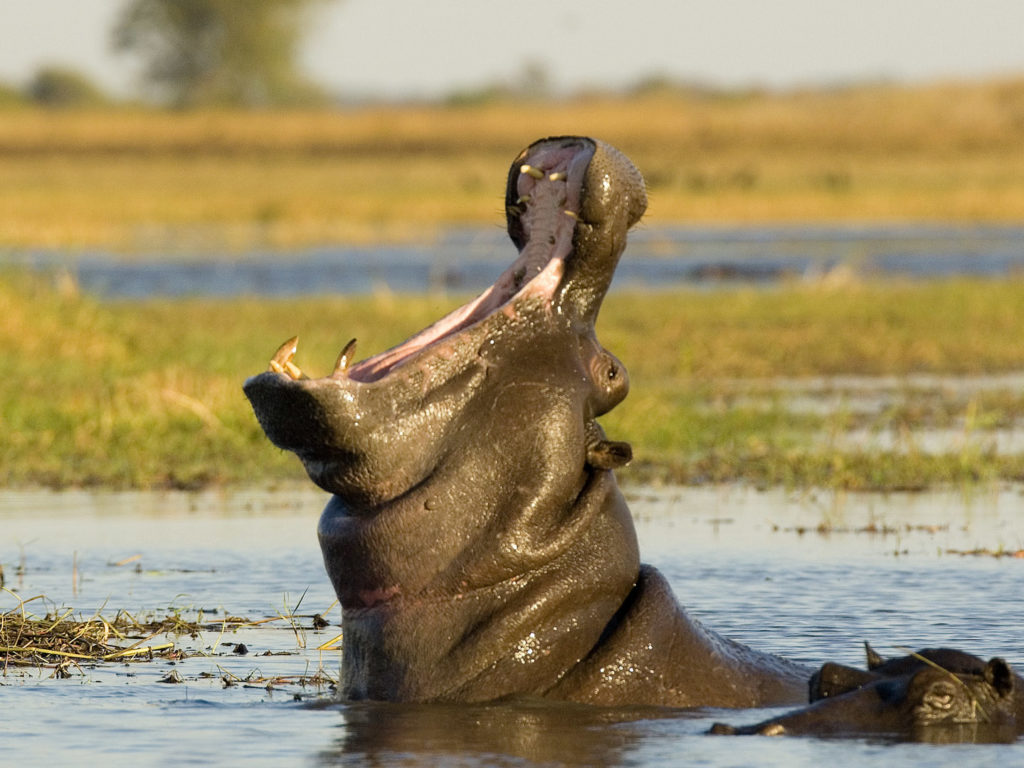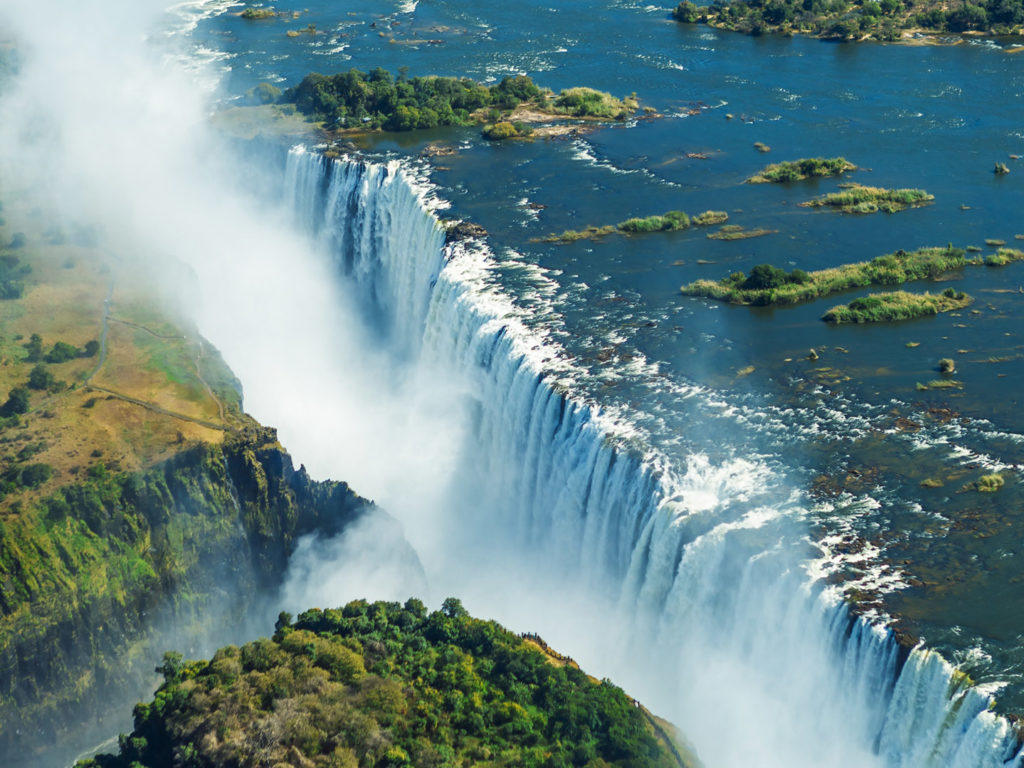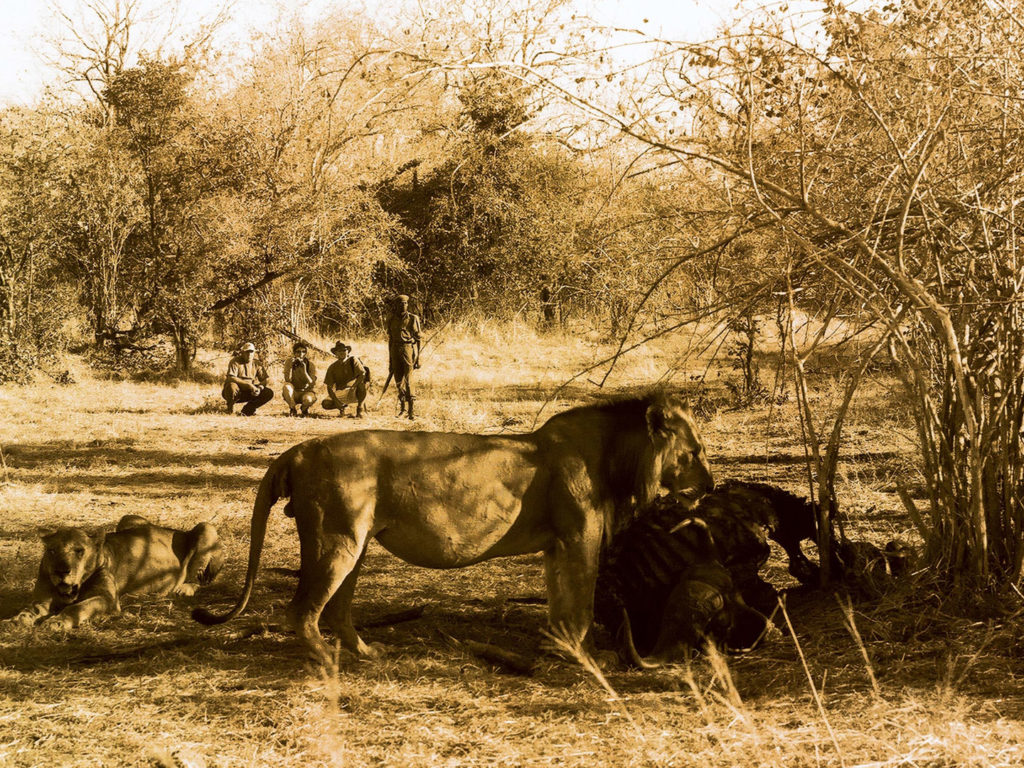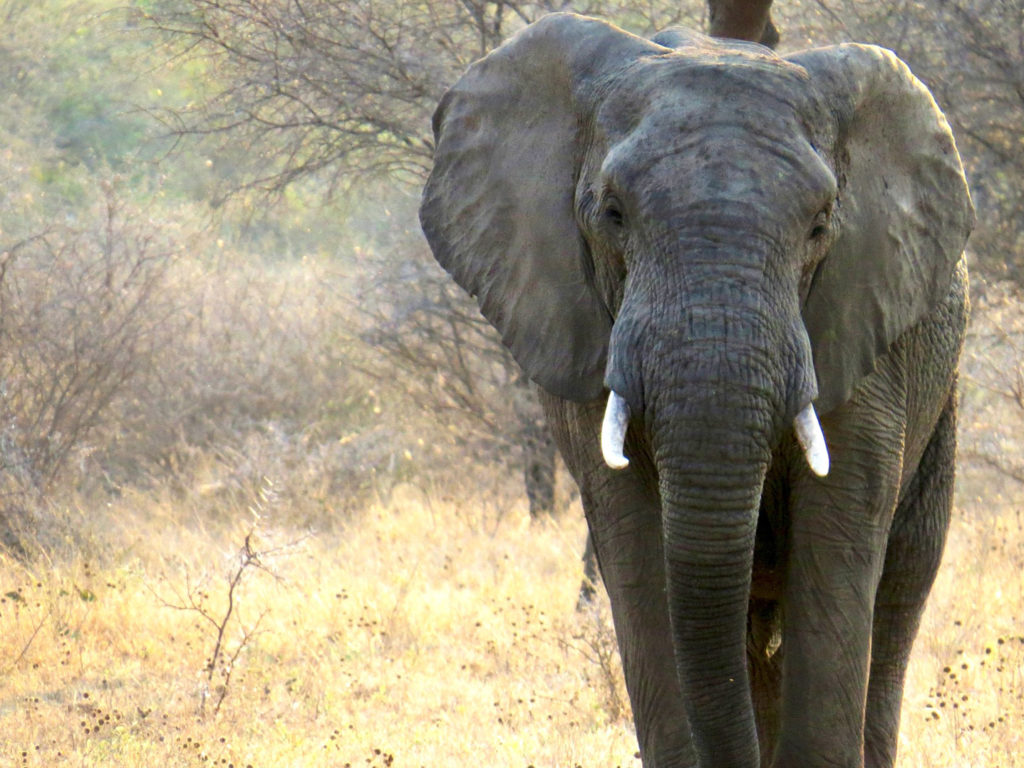“You should have said something!” Gasped Brian our very animated guide, when I show him the tsetse fly bite on my leg, which was now hotter and redder than an African sunset. “We will fix it, I just need to find a Sausage Tree,” he said, and off we continue on our walk.
I am now back in my favourite park, the South Luangwa Valley in Zambia on a walking safari with Norman Carr Safaris. Norman pioneered the walking safari in the early ’60s and the park has become one of the best places in Africa to walk.
During a three hour walk between two of their bush camps Luwi and Nsolo, Brian shows us the smaller more interesting things you can see on safari – the spore of a porcupine with the scuff marks of its quills trailing behind it and the footprint of a rather large crocodile, so clear that you can see his small scale marks. We stop near a warthog hole and Brian tells us to stand clear as warthogs tend to shoot out of them like a cannonball out of a cannon. Remembering seeing a warthog run away with its tail in the air earlier, I swiftly move out the way.
As the season moves on, some of the rivers start to dry up and it becomes difficult for the animals to access water – and they have to think up new ways of getting to it. Years of knowledge have taught elephants that the dry river bed of the Luwi River has certain points where the water table is high enough for them to dig down and get fresh water. Watching one elephant from a distance and seeing how she uses her trunk to scoop up the sand to make a hole for the water to filter through; I decide to give it a try for myself. On my hands and knees, and somewhat less elegant than the elephant, I start to scoop and dig my way down to the water table. Soon enough I see water starting to seep into my little catchment area. The water is cold, crystal clear and had a beautiful taste. Refreshed and somewhat pleased with myself that I had “found water” in the dry river bed, we continue on.
The birdlife in the valley is just fantastic and with the help of Brian, I start to learn the names of some of them. The Lilac Breasted Roller is one of my favourites with shades of blues and purples – it flies as high as it can and then falls in a diving rolling action towards the ground to gain the attention of his mate. The White-Faced Bee Eater is so beautiful, flying from one branch to the next in search of its next prize catch. The Helmeted Guinea Fowl also one of my favourites as they always seem busy and panicky at the same time.
Our scout picks up the fruit of the Sausage Tree, slices it in half and tells me to rub it on my bite. “Nothing to lose,” I think, and give it a go. Almost instantly the throbbing heat of my bite seems to calm down and a few hours later it is all but gone. Brian goes on to explain that the Sausage Tree fruit is used to aid the healing process of many skin ailments including cancer. The wonders of the African bush never cease to amaze me.
As my time in Zambia is drawing to a close I sit here on my deck at Chinzombo Camp. Far removed from my night in the bush camp last night, I have my own plunge pool, an ice-cold beer in my own bar fridge and wifi.
Although amazing (and how I am enjoying the luxury of my pool, and dare I say, hairdryer), it strikes me as incredible that I needed nothing more than a Sausage tree fruit to ease my bites….


